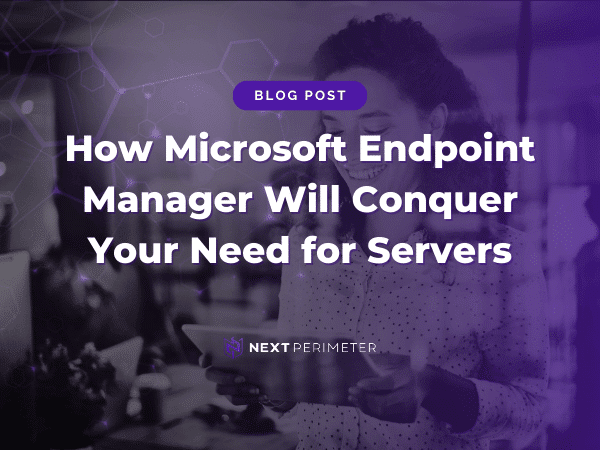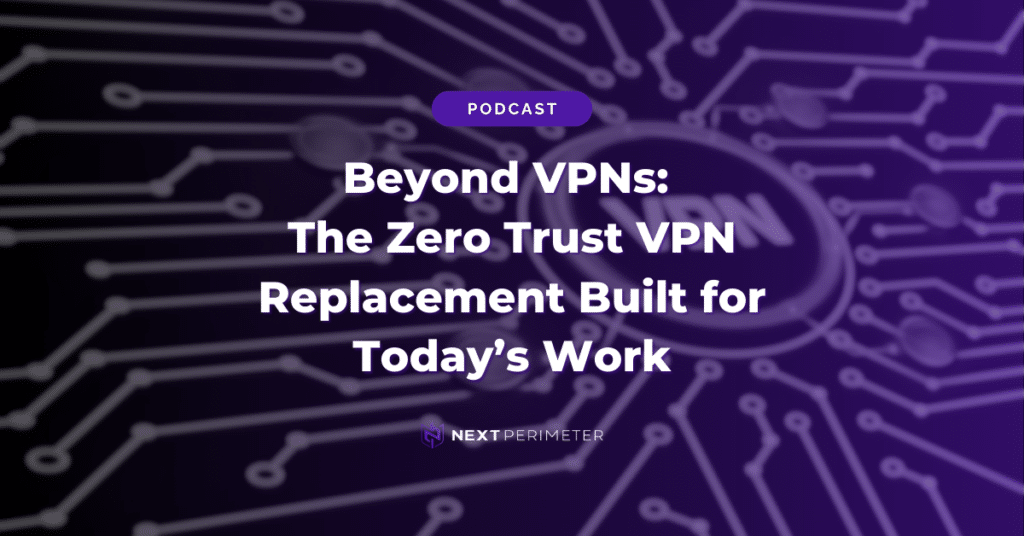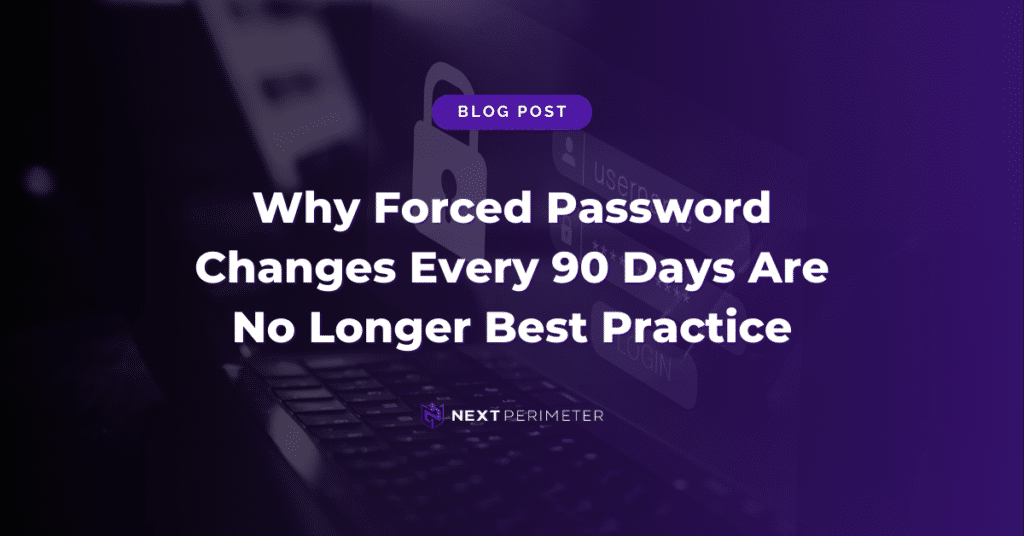The Cost-Saving Power of Microsoft Endpoint Manager
What if we told you that for $8 per employee, per month, your business could eliminate the need for on-premises servers? If your business is already using Microsoft 365, this could be your reality.
Renting or purchasing a server comes with high costs—ranging from hundreds to thousands of dollars, plus ongoing maintenance. Moving to the cloud reduces these expenses while also unlocking enhanced cybersecurity, improved onboarding, and streamlined IT management through Microsoft Endpoint Manager.
Microsoft Endpoint Manager is the first step toward a hybrid cloud for Microsoft 365 users, paving the way for a fully cloud-based infrastructure.
Interested in beginning your move to a fully-cloud environment with Microsoft Endpoint Manager? Give us a call at 888-286-4816, or schedule an appointment with our virtual CIO.
What is Microsoft Endpoint Manager?
Microsoft Endpoint Manager is a unified device management platform designed to secure and streamline IT operations. It combines Endpoint Configuration Manager and Microsoft Intune, offering a centralized solution for managing devices, applications, and security.
Available through Microsoft 365 Enterprise plans, Endpoint Manager provides businesses with the tools needed to secure, deploy, and manage their cloud-based infrastructure.
If you’re evaluating which Microsoft 365 plan best suits your business needs, check out our comparison of Microsoft 365 Business Premium vs. E3, where we highlight one powerful tool that will revolutionize your IT strategy.
Microsoft Endpoint Configuration Manager
Microsoft Endpoint Configuration Manager is an on-premises device management solution. It helps organizations deploy:
- Applications
- Updates
- Full system images
By integrating with Active Directory, Configuration Manager enhances security and streamlines device setup, allowing businesses to deploy pre-configured images and reduce manual IT workload.
Microsoft Intune: Cloud-Based Management
Microsoft Intune is a cloud-based mobile device management (MDM) and mobile application management (MAM) solution. Unlike Configuration Manager, which is on-premises, Intune provides remote device access and security controls.
With Intune, organizations can:
- Control access to sensitive data on mobile devices
- Deploy security policies to company-owned and personal devices
- Apply extra security for non-corporate devices
Intune integrates seamlessly with Azure Active Directory, creating a hybrid or fully cloud-based security model.
Intune Company Portal: Secure Employee Access
The Intune Company Portal is an app that allows employees to securely access corporate resources, including:
- Office apps
- OneDrive
It also supports single sign-on (SSO), enhancing security across cloud applications.
How to Enroll a Device in Intune
To enroll a device in Intune:
- Sign in to the Company Portal with a company account.
- Follow the guided setup instructions.
- Connect to your company’s secure cloud environment.
Co-Management: Combining Configuration Manager & Intune
Organizations can co-manage devices using both Configuration Manager and Intune. This hybrid approach:
- Retains full OS deployment control (only available in Configuration Manager)
- Adds risk-based access controls from Intune
- Enhances security with Microsoft Advanced Threat Protection (ATP)
Benefits of Microsoft Endpoint Manager
1. Enhanced Endpoint Security
Microsoft Endpoint Manager secures all endpoints, ensuring:
- Conditional access control through Azure Active Directory
- Device compliance monitoring
- Automated security updates
2. Zero-Touch Deployment
Using Intune and Autopilot, Endpoint Manager enables Zero-Touch Deployment—automating the setup of new devices without IT intervention.
For remote employees, this eliminates the need for pre-configuration at an office, allowing devices to be shipped directly to users, ready to go.
3. Centralized Management
Endpoint Manager integrates Wi-Fi settings and security policies across an organization, ensuring all employees connect only to secure networks.
4. Transitioning to a Serverless Cloud
By joining devices directly to Azure Active Directory, businesses eliminate the need for:
- On-premises servers
- VPNs for password synchronization
All user profiles and security settings sync instantly in the cloud, removing the reliance on outdated infrastructure.
Ready to Move to a Fully Cloud-Based Business?
For $8 per user per month, Microsoft Endpoint Manager eliminates the need for on-premises servers, reducing IT costs and increasing security.
If your business is ready to upgrade to Microsoft Endpoint Manager and transition to the cloud, contact us today at 888-286-4816 or schedule a consultation with our Virtual CIO.









